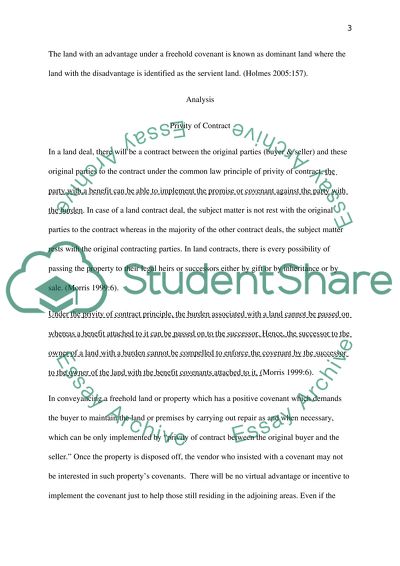Cite this document
(“Freehold covenants are too easy to impose upon land and too difficult Essay”, n.d.)
Retrieved de https://studentshare.org/law/1390526-freehold-covenants-are-too-easy-to-impose-upon-land-and-too-difficult-to-remove
Retrieved de https://studentshare.org/law/1390526-freehold-covenants-are-too-easy-to-impose-upon-land-and-too-difficult-to-remove
(Freehold Covenants Are Too Easy to Impose Upon Land and Too Difficult Essay)
https://studentshare.org/law/1390526-freehold-covenants-are-too-easy-to-impose-upon-land-and-too-difficult-to-remove.
https://studentshare.org/law/1390526-freehold-covenants-are-too-easy-to-impose-upon-land-and-too-difficult-to-remove.
“Freehold Covenants Are Too Easy to Impose Upon Land and Too Difficult Essay”, n.d. https://studentshare.org/law/1390526-freehold-covenants-are-too-easy-to-impose-upon-land-and-too-difficult-to-remove.


